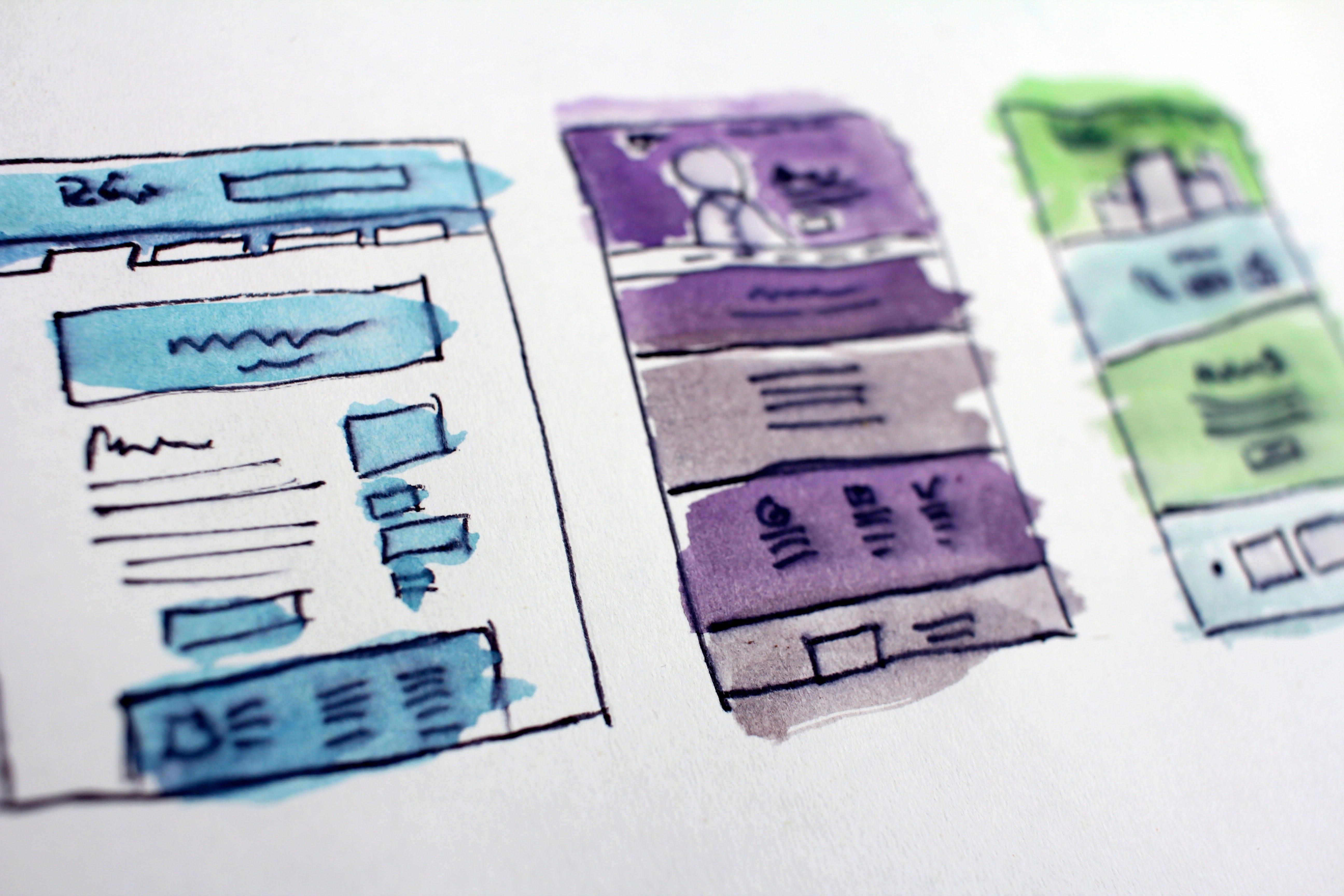10 UX Tips to improve your Website’s Navigation

Website navigation is one of the most important features of user experience (UX). Having good navigation on your website is critical to your user having a good experience on your website and will determine whether they will carry on to other pages or leave your website.
Navigation not only determines the success of your website’s performance, but it also affects other important factors such as retaining visitors and turning them into conversions.
Many website owners don’t recognise the importance of website navigation and focus on design and multimedia. By dedicating very little attention to creating a website that is easy to use, many website owners are left with a site where people need to look hard for the content they need – which is never good news.
To help you provide a better experience on your website and to stop chasing your users away, in this article we will look at our top 10 UX tips to improve your website’s navigation.
1. Divide your website’s categories
Your website navigation most likely has several categories, sections and sub-sections. As a start, these with good, SEO-optimised titles, but it doesn’t stop there. Your website categories also need to be visually and clearly presented on your site, and also visibly separated from their subcategories.
2. Limit the number of menu selections
In most cases, you should only have 7 or 8 menu selections at the very most. Your website user will often be in a rush, and organising your content into a minimal number categories in the navigation menu will help them find the content they need quickly. Having too many categories is time-consuming for users and will lead to indecision. This will cost you conversions because confused users will leave your website.
3. Make all navigation elements clickable
Every navigation element on your website needs to be a clickable link. This includes drop-down menus – visitors may click on a sub-category to see if there is more information or a page about it. If there is more information, make sure to create clickable links wherever possible. However, drop down menus are not the most mobile- or touch-friendly options, so it is important to keep a balance.
4. Organise your navigation the way your users expect it to be
Don’t see navigation as an opportunity to place links into everything, no matter how important you think those links are. Keep an eye on how navigation appears on your website, and whether it makes it easier or harder for the visitor to find pages. If your navigation keep driving users away from one page to another and they have to keep reorienting themselves to find what they are looking for, then you are doing not doing a good job.
5. Remove inaccurate navigation titles and text
Look for any inaccurate or misleading navigation titles and links that may confuse website users. This is a common reason why users leave your site. Visitors should be given real information about what they will find behind each navigation link, and misleading them leads to the negative user experience. Ensure all wording accurately portrays the page it leads to – this also applies to images.
6. Include ALT tags in all images
If you have made an image on your website clickable, include an ALT tag that corresponds to the linked page. This way, the user will know that the photo is a link and where it will take them. This also helps people with visual impairments use your website’s navigation.
7. Make your website’s search feature easy to find
A website’s search box is one of the most commonly used and important features of user experience. Your website search box is the main tool you give your users to easily access the information they are looking for. To make your search feature easy to find, you need to place it in a prominent area of your website such as the top sidebar in your header area.
8. Make sure your search box works!
Making sure your search box is findable in one thing, the other thing is making sure that it works! The search result page of your website should always provide relevant results, compensate for common misspellings, and show related search items. A search result that presents the user with nothing is not a well-working strategy.
9. Include links to your homepage
Users may want to return to your website homepage after checking other pages. The homepage is usually the place where they can make an order, find contact information, or get to another page that they can’t access from their current place on your website.
Never force visitors to use their web browser’s ‘back’ button to go to your home page. Your site should provide a link to the homepage on all of your pages. Common practice is that your company logo is a clickable link to your homepage.
10. Make good use of colours
Colours can make a massive difference when it comes to separating one website element from another. Use colour for your navigation bar and make it visible to the website user straight away. If your background is bright, use a light colour – and vice versa.
Follow the tips we have listed here and you will definitely improve your website’s navigation, which will make all the difference to your user’s experience on your website.



